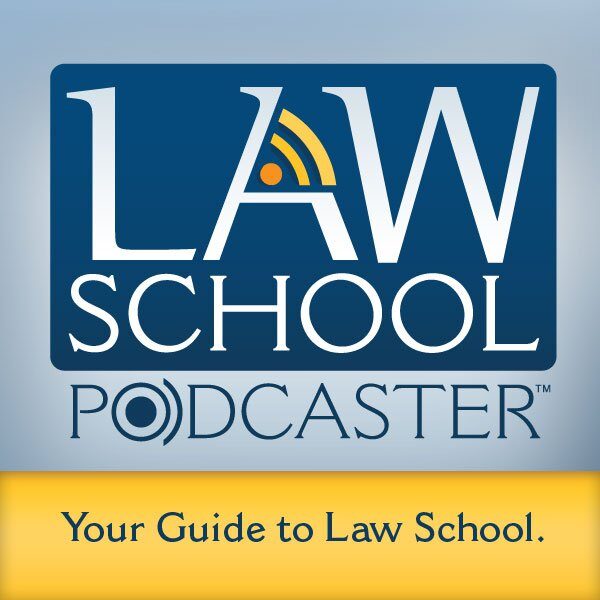 More and more, potential employers are looking for graduates who already have work experience while in law school. And it’s definitely a leg up to getting employed after graduation.
More and more, potential employers are looking for graduates who already have work experience while in law school. And it’s definitely a leg up to getting employed after graduation.
Phil Hancock found himself a cozy cubicle at the White House Office of Intergovernmental Affairs last fall. Each semester, the White House accepts about 100 interns from the thousands of applicants it receives nationwide. This capital co-op was a high point of Hancock’s budding legal career in public interest, and his third co-op while in law school at the Northeastern University School of Law in Boston.
Externships have expanded in recent years, as schools strive to teach more real-life skills, and students seek the experience that employers desire.
Hancock, a 2010 graduate of Northeastern, was just one of many students this past year who used an externship to jumpstart his career.
On-site placements serve multiple purposes, program directors say. They expose attorneys-in-training to actual casework. They create mentoring opportunities. Most importantly, they give students a chance to “try on” their profession and even test out potential employers before committing to a practice area or full-time job.
Northeastern University School of Law has one of the largest programs in the nation, requiring every student to complete four full-time quarter-length field placements called co-ops.
“When our students return to campus, they are energized by their experiences and eager to pursue courses relevant to their developing thinking about the world of law,” said Dean Emily Spieler. “All of these opportunities involve doing real work in real legal settings.”
One important reason to try an externship is how it advances a student’s job potential, Spieler said. Northeastern’s graduates receive a developed professional network, often in the fields in which they are interested and in the geographic area where they would like to practice.
Carolyn Wilkes Kaas, a professor and the externship program director at Quinnipiac University School of Law in Hamden, Conn., said it gives students the opportunity to sample a number of possible professional environments before settling on their final direction
“We tailor each student’s experience to what they already brought with them and where they are in their own development,” Kaas said.
This assistance and interaction with the law school in placing students with the best of the best in the area’s legal industry is why externships are so special, Kaas said. Many students could not get these placements if they cold-called an attorney or judge on their own.
“We remind supervisors that our students are paying for the privilege of working for free,” Kaas said.
Taking time to try an externship may be the best thing students can do to ensure their future happiness as attorneys, Kaas said. She often shares the story of one student who asked for an environmental externship. The student felt the environment was her passion, but her on-site experience showed that she spent more time working on technical data than working with clients.
Kaas said the law school reviewed that student’s passions, which included working with children. As a result of that meeting, the student tried another environmental stint along with one in family law. The student ended up focusing her career on family law, and she has made a successful transition into the working world. Alongside someone like this denver family law attorney, this student can now help those that are in need of a specialist who can navigate the hardships of the divorce and custody process so they don’t have to, Kaas said.
“There’s no such thing as a bad experience. Even if you didn’t like it, you learned something about yourself from it,” Kaas said.
At the University of St. Thomas School of Law in Minneapolis, the school matches first years with attorneys who can address issues they will talk about in class, such as torts or civil procedures, said Program Director David Bateson. Second- and third-year students focus on their career interests and are matched with a mentor in that field.
Mentors represent all sectors of the profession: private practice, all levels of government, nonprofit and public interest organizations, in-house counsel, prosecutors, public defenders and nearly all levels of the judiciary. The program also has mentors who have a J.D. but are using the degree in an alternative way, such as reporters or business people.
“We’re really trying to open up a whole world of possibilities for students to explore to make the right choice for them,” Bateson said. “When they leave, they’ve got a jump on being better lawyers and we’ve given them the best opportunity to pick the right path for themselves.”
Top law schools for externships
Ranked in order of most placements per full-time students
7. Arizona State University (O’Connor)
10. University of Nevada–Las Vegas (Boyd)
12. Thomas Jefferson School of Law
13. Indiana University–Bloomington (Maurer)
17. University of Colorado–Boulder
19. University of Illinois–Urbana-Champaign
This post was authored by Karen Dybis for The National Jurist and preLaw Magazines and was published in the 2010 editions of October National Jurist and Fall preLaw. Click here for the digital edition of the Fall preLaw Magazine or visit the preLaw Magazine website for more great content about law school.

